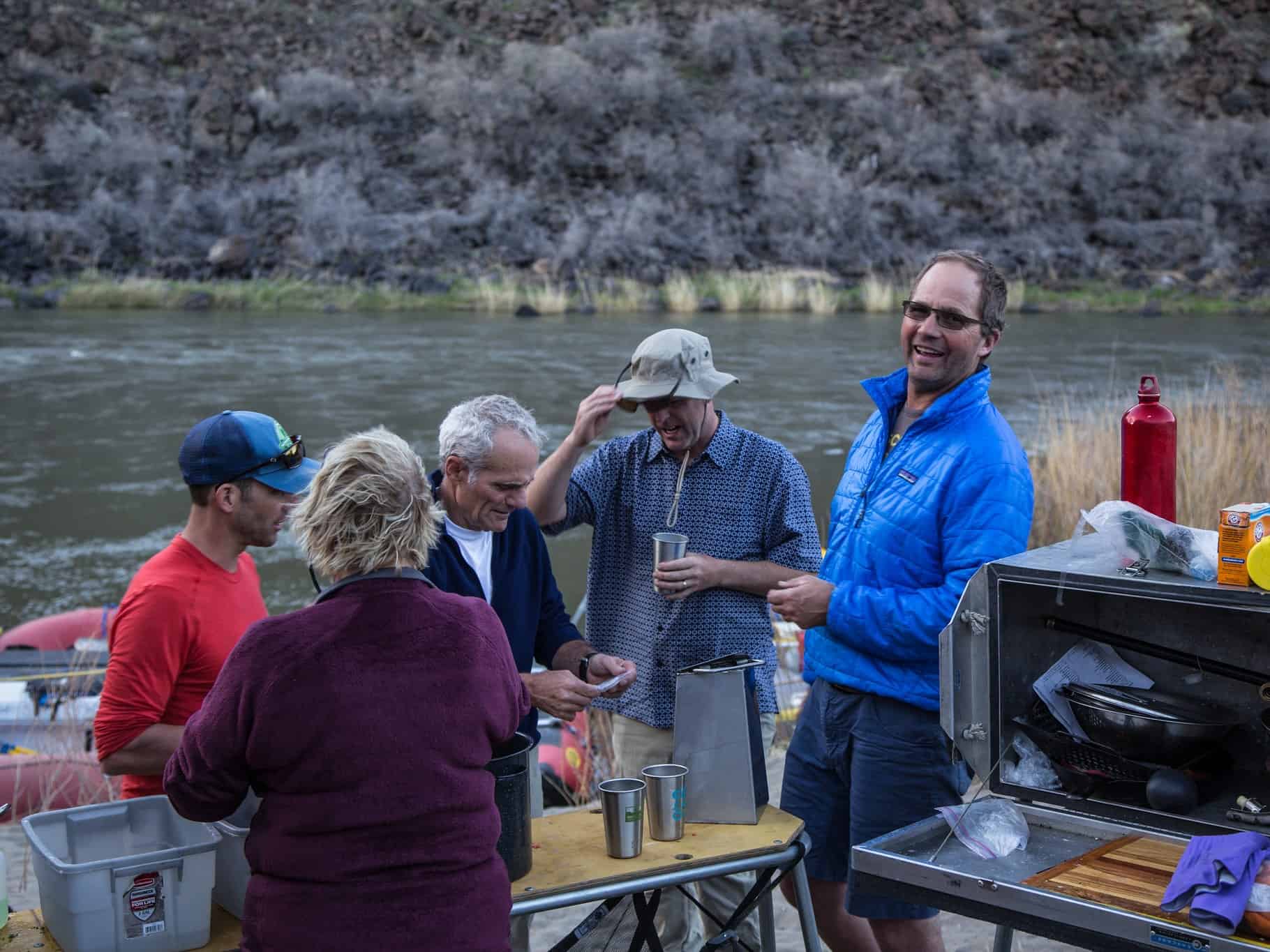As we mentioned earlier, the amount of activity and how strenuous it is can also cause you to need more drinking water. How much water to bring per day camping will vary if you are an avid hiker versus if you’re more of a relax and chill kind of camper.
During activity, our bodies use more water as we perspire in order to keep us cool. This is also why hiking in hot climates, such as tropical or desert climates, can result in more water loss.
The higher the temperature or the more rigorous the activity, the more water we lose.
This is why it helps to look at the forecast if you’ll be fast packing, hiking tough elevations, or camping in hot or humid conditions. Also consider whether you’ll be doing long hikes (6 or more hours) or short hikes.
Carrying an extra 1-2 liters on hikes is a good safety practice, especially if the hikes are rigorous or in very high temperatures.
One trick you can do, which is especially valuable for short hikes, is to front-load water, drinking 500 ml early in the day before setting off. This starts you off in a super-hydrated state, so you can sip smaller amounts as you go.
Finally, if you’re camping in hot weather, an appropriate sleep system can also help reduce the body’s water loss through perspiration. We’ve found the Best Sleeping Bag for Hot Weather to help you sleep cool.

